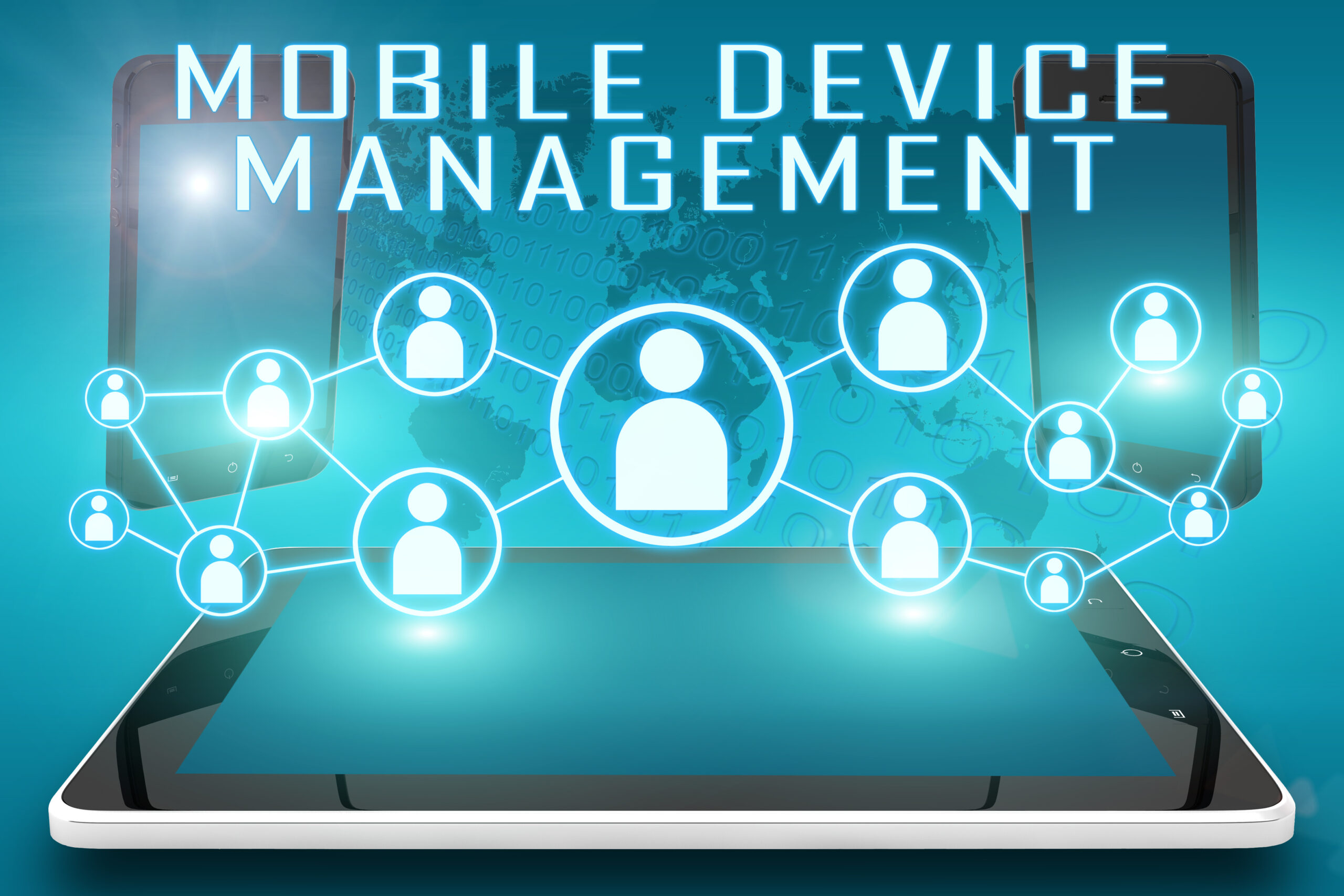Companies benefit from mobile device management (MDM) because many employees use mobile devices on the job. MDM helps manage smartphones and tablets in one place, ensuring they’re used effectively and keeping company information safe. This is necessary for businesses dealing with increasing employees using mobile devices.
In this article, you’ll learn more about integrating mobile device management into your business
strategy.
Enhancing Productivity
Incorporating mobile device management (MDM) into your business strategy addresses the challenges of managing diverse mobile devices. MDM solutions simplify device management by allowing remote configuration, software updates, and efficient issue troubleshooting.
The streamlined device management facilitated by MDM minimizes downtime, guaranteeing that employees consistently have access to the latest applications and security patches. This results in cultivating an efficient and productive workforce, laying the foundation for success.
Moreover, MDM empowers businesses to implement policies that improve focus during work hours. This strategic integration contributes to creating a tailored and effective mobile work environment, aligning seamlessly with the organization’s overarching goals.

Ensuring Data Security
Data security is crucial for businesses. Mobile device management implements robust security measures such as data encryption, remote wipe capabilities, and secure authentication, providing a strong defense against potential breaches.
If a device gets stolen or gone missing, admins can wipe out sensitive info remotely. MDM lets businesses set up consistent security rules for all devices, like passcodes and biometric checks. With everything centrally managed, it’s a proactive way to handle cybersecurity, making data breaches less likely and boosting the overall resilience of the business.
Streamlining Device Management
The varied mobile devices within an organization pose a significant challenge for effective management without a centralized solution. Integrating mobile device management into your business strategy addresses these complexities by providing a unified approach.
MDM solutions go beyond oversight by enabling businesses to automate software updates and application installations. Automating updates and installations saves time and lowers the chances of mistakes when handling lots of devices. It means the whole system works better, making the organization more effective overall.
MDM’s streamlined management enhances organizational agility. Businesses with MDM capabilities can adapt quickly to technological advancements, ensuring operational efficiency and responsiveness to challenges in the dynamic digital environment.
Complying with Regulations
Businesses need to follow the rules to avoid legal trouble. Mobile device management solutions are crucial in helping organizations stick to the rules about storing and protecting sensitive information on mobile devices.
Implementing MDM allows businesses to enforce policies aligned with regulations, control data access, monitor device activities, and ensure secure communication. Compliance not only shields from legal issues but also builds trust, enhancing the business’s overall reputation. MDM becomes a proactive tool for companies to navigate data privacy regulations, ensuring legal adherence and establishing a trustworthy market standing.
How To Integrate Mobile Device Management
Firstly, assess your mobile needs by identifying the devices used, understanding the types of data accessed, and determining the specific needs of your mobile workforce. Define comprehensive MDM policies covering device usage, security, and compliance. Establish acceptable use policies, password requirements, and encryption standards. Specify device allowances and create policies for bring-your-own-device (BYOD) scenarios.
Next, choose an MDM solution that aligns with your organization’s requirements. Consider remote device management, data encryption, application management, and compliance monitoring. Ensure compatibility with your devices’ operating systems and devices.
Work with your IT department to deploy the chosen MDM solution. Integrate the MDM system with existing IT infrastructure and security protocols. Train your IT staff on practical usage and management of the MDM platform.
Enroll all relevant mobile devices into the MDM system. Communicate the enrollment process to employees and automate device enrollment to streamline onboarding. Establish security protocols such as device passcodes, biometric authentication, and remote wipe capabilities. Implement encryption for sensitive data stored on devices. Regularly update security policies to address emerging threats.
Manage applications by controlling installation and usage on mobile devices. Monitor and update applications remotely. Implement monitoring tools to track device usage, security compliance, and potential issues. Generate regular reports on device health, security incidents, and compliance status. Use analytics to identify trends and make informed decisions.
Hold regular MDM training sessions to train your employees on proper device use and adherence to device management policies. Regularly review and update MDM policies and procedures based on changing technology and business needs. Gather feedback from employees and IT staff to identify areas for improvement.
Conclusion
Mobile device management is essential in the contemporary digital landscape for ensuring success. It enhances work efficiency, safeguards data, and ensures compliance. With the increasing reliance on mobile technologies and the prevalence of employees working on mobile devices, MDM serves as a comprehensive solution for device management. Integrating MDM into your business strategy boosts efficiency and strengthens the organization against emerging mobile security threats. Strategic MDM integration is a proactive measure for a more secure, productive, and resilient business future.
















